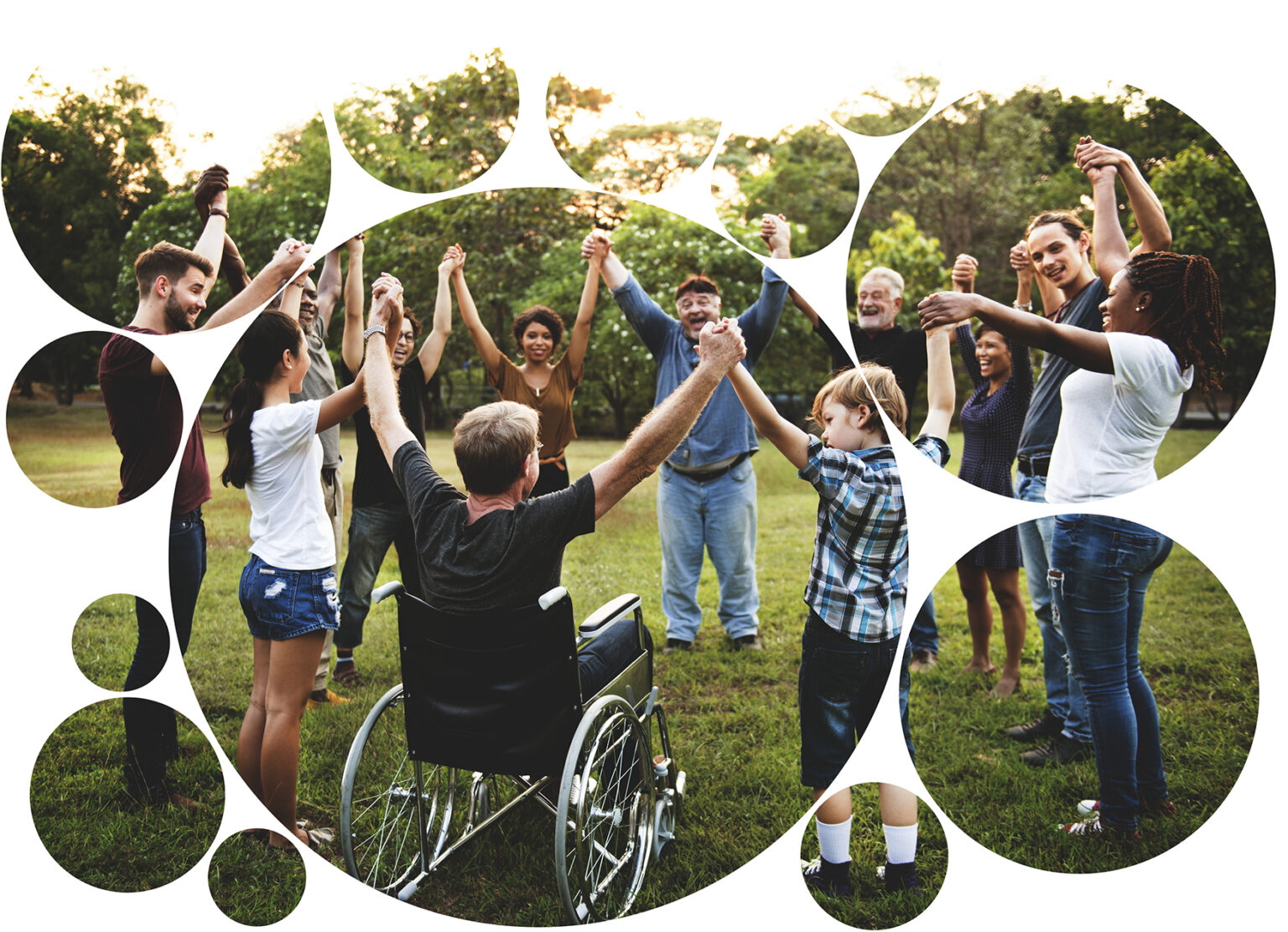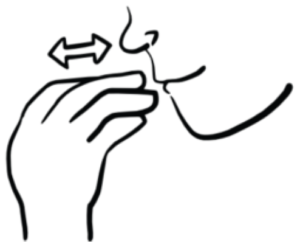Key Terms often spoken by persons with disabilities

The listed key term below have been provided to Hyphens and Spaces from Team Trust Productions, LLC. It’s part of a larger style guide that is intended to guide its partners and shape their strategies, goals and mission. The style guide addresses such topics as ableism, disability, accommodations, and listening, and it is designed to expand and possibly challenge our own beliefs about disability.
To download the complete style guide click here.
Someone who does not have a physical disability. This is similar to saying one is “non-disabled” or “does not have a disability.”
This is a naughty word. This refers to the discrimination of a person with a disability. If a person is called an “ableist,” that’s not good.
Modifications to technology that allow persons with disabilities to better interact with technology. Examples: Large print books; large monitors; computers with voice and / visual output; keyboard modifications. Adaptive technology is often used interchangeably with assistive technology.
“a complete natural language that has the same linguistic properties as spoken languages, with grammar that differs from English,” according to the National Institute on Deafness and Other Communication Disorders. ASL is expressed via hand and face movements, and it is primarily used by those who are deaf or hard of hearing.
Here is what “food” looks like signed.

a device that helps persons with speech impairments communicate. The device lets users communicate through words, sentences and images that are read aloud.
The Research and Training Center out of the University of Kansas defines these as “chronic medical conditions characterized by neurological impairment, muscle pain and weakness, respiratory problems, and gastrointestinal complaints. Reactions for those with chemical intolerances are triggered by low-level exposure to everyday substances and products, including pesticides, solvents, cleaning agents, new carpeting and adhesives, fragrances, and scented products. Electrical hypersensitivities are triggered by electromagnetic fields from electrical devices and frequencies.”
a disability that starts at birth.
used by some persons with disabilities to refer to a person with a disability
a condition that causes a person to have hearing and vision loss.
“disorders that are usually present at birth and that negatively affect the trajectory of the individual’s physical, intellectual, and/or emotional development. Many of these conditions affect multiple body parts or systems,” according to the University of Minnesota’s Institute on Community Integration.
sometimes used interchangeably with “disabled.”
a condition that affects intellectual functioning
a disability that is typically not visible (i.e., through a wheelchair, walking stick).
generally apparent among children who have difficulties speaking and understand language.
“a disorder in one or more basic psychological processes that may manifest itself as an imperfect ability in certain areas of learning, such as reading, written expression, or mathematics,” says the Learning Disabilities Association of America.
a condition that affects one’s ability to think, feel or behave.
often used when referring to conditions like autism, ADHD, or learning disabilities, and it means that we all experience the world differently.
“Some disability advocates are beginning to shift away from the word ‘nonverbal’ in favor of ‘nonspeaking,’ arguing that ‘nonverbal’ implies that someone doesn’t understand language, while “nonspeaking’ does not invite the same judgment. A nonspeaking individual may understand and use language – just in a different way,” according to the National Center on Disability and Journalism (NCDJ).
a disability that affects one or more of a person’s senses. Examples include autism, blindness, deafness
a condition that affects one’s ability to pronounce certain sounds.
This is appropriate to use when a person has recovered from such conditions as cancer or stroke. Survivor is preferable over “victim,” but ask the person which term they prefer.
“the design and composition of an environment so that it can be accessed, understood and used to the greatest extent possible by all people regardless of their age, size, ability or disability,” states the Centre for Excellence in Universal Design.
a disability that is visible (through a wheelchair, walker, prosthetic). I have a visible disability, because of my wheelchair.
